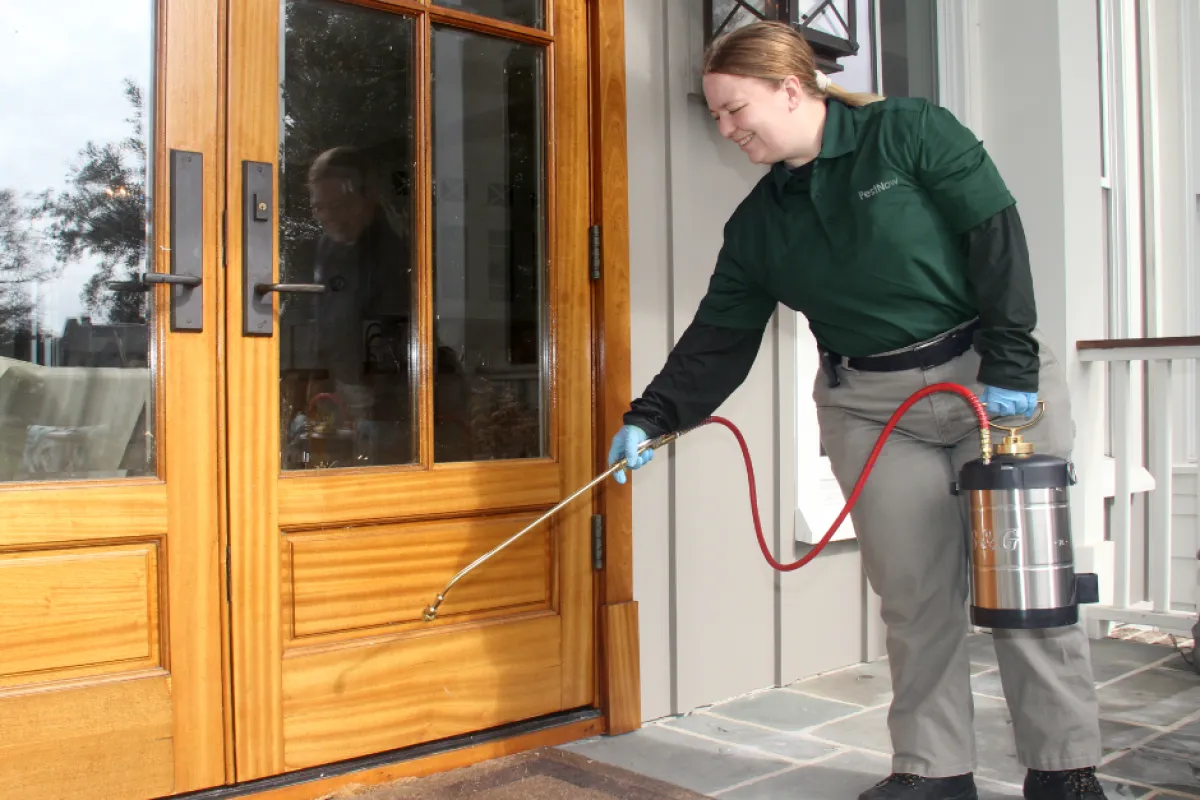Reliable Pest Control Solutions: An Extensive Look at Elimination Techniques and Avoidance Procedures
In the world of pest control services, the successful administration of problems calls for a meticulous technique that integrates different techniques and measures for both elimination and prevention. From Integrated Parasite Administration (IPM) methods that prioritize lasting services to chemical elimination methods designed for targeted removal, the collection versus insects is multifaceted and substantial. Organic control approaches and physical avoidance actions provide different courses to efficiently combating undesirable trespassers. However, the trick to a comprehensive pest control strategy exists not simply in the methods themselves, but additionally in the careful expert inspection treatments that come before and notify them. By understanding the intricacies of each strategy and how they interaction, one can truly grasp the intricacy and efficiency of modern-day parasite control services.

Integrated Bug Monitoring (IPM) Techniques
Integrated Bug Administration (IPM) Methods incorporate a comprehensive approach to pest control that concentrates on avoidance, surveillance, and control methods to effectively handle insect populations. By incorporating numerous techniques, IPM aims to reduce the impact of parasites while additionally reducing the dependence on chemical pesticides. Prevention lies at the core of IPM, emphasizing methods like correct hygiene, maintenance of hygiene, and securing access points to prevent bugs from infesting structures.
Chemical Elimination Strategies
Chemical extermination methods are generally employed in pest control services to properly eradicate pest populations that pose a hazard to human health and residential or commercial property. These strategies include using various chemical compounds particularly designed to target and eliminate insects such as bugs, rats, and other undesirable creatures. The application of chemicals, pesticides, rodenticides, and other chemical representatives is very carefully controlled to make certain optimum effectiveness while reducing threats to humans, pets, and the setting.
One of the essential benefits of chemical elimination techniques is their ability to provide quick and targeted outcomes, making them especially beneficial in cases of serious invasions or immediate insect control requirements - a1 pest control portland bed bugs. Nevertheless, it is vital to stress the importance of appropriate handling, application, and disposal of these chemical items to avoid unintended damage
Furthermore, incorporated pest administration (IPM) methods typically integrate chemical elimination methods with other approaches such as hygiene, habitat modification, and organic controls to develop a detailed and lasting pest control strategy. By incorporating chemical elimination methods carefully within an IPM structure, parasite control services can efficiently take care of parasite populaces while decreasing possible threats to human wellness and the setting.
Organic Parasite Control Techniques
Utilizing all-natural predators and bloodsuckers to take care of parasite populations is a sustainable technique referred to as organic insect control. This method harnesses the natural systems of the environment to regulate bug populaces without counting on synthetic chemicals. One typical organic control method involves introducing all-natural opponents of the target parasite types, such as ladybugs for aphid control or nematodes for termite invasions. These all-natural killers feed on the insects, helping to maintain their populations in check.
One more efficient biological control method is the usage of microbial insecticides. These are naturally occurring microbes, such as infections, microorganisms, and fungis, that specifically target and infect specific insect species. By utilizing these microbial representatives, bug populations can be effectively decreased without harming useful microorganisms or triggering injury to the environment.
Physical Bug Avoidance Steps
Implementing physical bug avoidance procedures involves utilizing barriers and structural adjustments to prevent pests from infesting a building or going into. Installing door sweeps, screens on home windows, and securing fractures in the foundation can assist protect against pests like bugs and rodents from obtaining accessibility inside your home.
Another physical look at these guys avoidance action is making use of barriers like fencing to maintain bigger pests such as deer or raccoons away from the property. Setting up mesh or wire displays around yards can safeguard plants from being damaged by insects. Appropriate waste monitoring, consisting of protecting wastebasket with tight-fitting lids, is important in preventing parasites like rats, raccoons, and insects. By carrying out these physical pest prevention actions, property owners can substantially reduce the risk of insect problems and the damages they can cause.
Expert Insect Assessment Procedures
Performing extensive and methodical parasite inspections is a basic aspect of professional parasite monitoring procedures. Professional pest inspectors are trained to thoroughly analyze buildings for indications of infestations, identifying pest types, access points, and helpful conditions. The evaluation process normally starts with an extensive absolute pest control evaluation of both the exterior and interior of the properties. This includes monitoring for insect droppings, nibble marks, nests, and any kind of architectural damages that may show parasite activity. Additionally, inspectors may utilize customized devices such as moisture meters and borescopes to discover hidden infestations within wall surfaces or crawl rooms.

Conclusion
Finally, efficient pest control services use a selection of techniques, consisting of Integrated Insect Administration approaches, chemical elimination techniques, organic controls, and physical prevention steps. Specialist parasite inspection procedures play a vital role in identifying and dealing with pest issues in a timely manner. By applying a mix of these strategies, residential property proprietors can efficiently take care of and stop bug invasions.
From Integrated Insect Administration (IPM) approaches that prioritize sustainable options to chemical elimination techniques created for targeted removal, the toolbox against insects is large and multifaceted.Integrated Insect Administration (IPM) Strategies encompass a detailed technique to pest control that focuses on avoidance, control, and tracking approaches to properly take care of parasite populations.Chemical elimination strategies are commonly employed in insect control plug in pest control solutions to successfully eradicate insect populations that present a threat to human wellness and residential property.Using natural predators and bloodsuckers to handle pest populaces is a sustainable approach understood as biological insect control.In conclusion, efficient insect control solutions utilize a variety of strategies, including Integrated Parasite Administration strategies, chemical elimination methods, organic controls, and physical prevention actions.